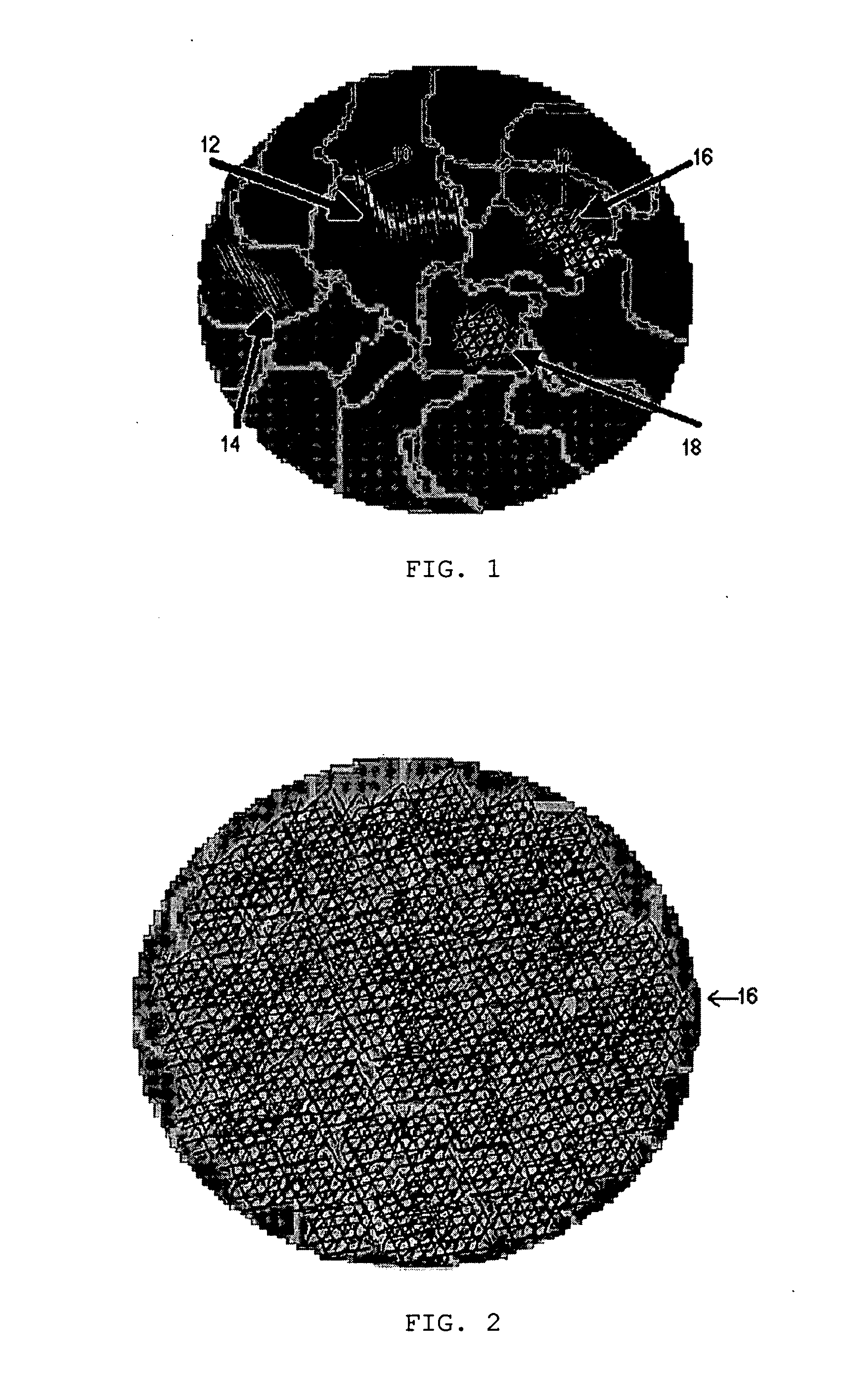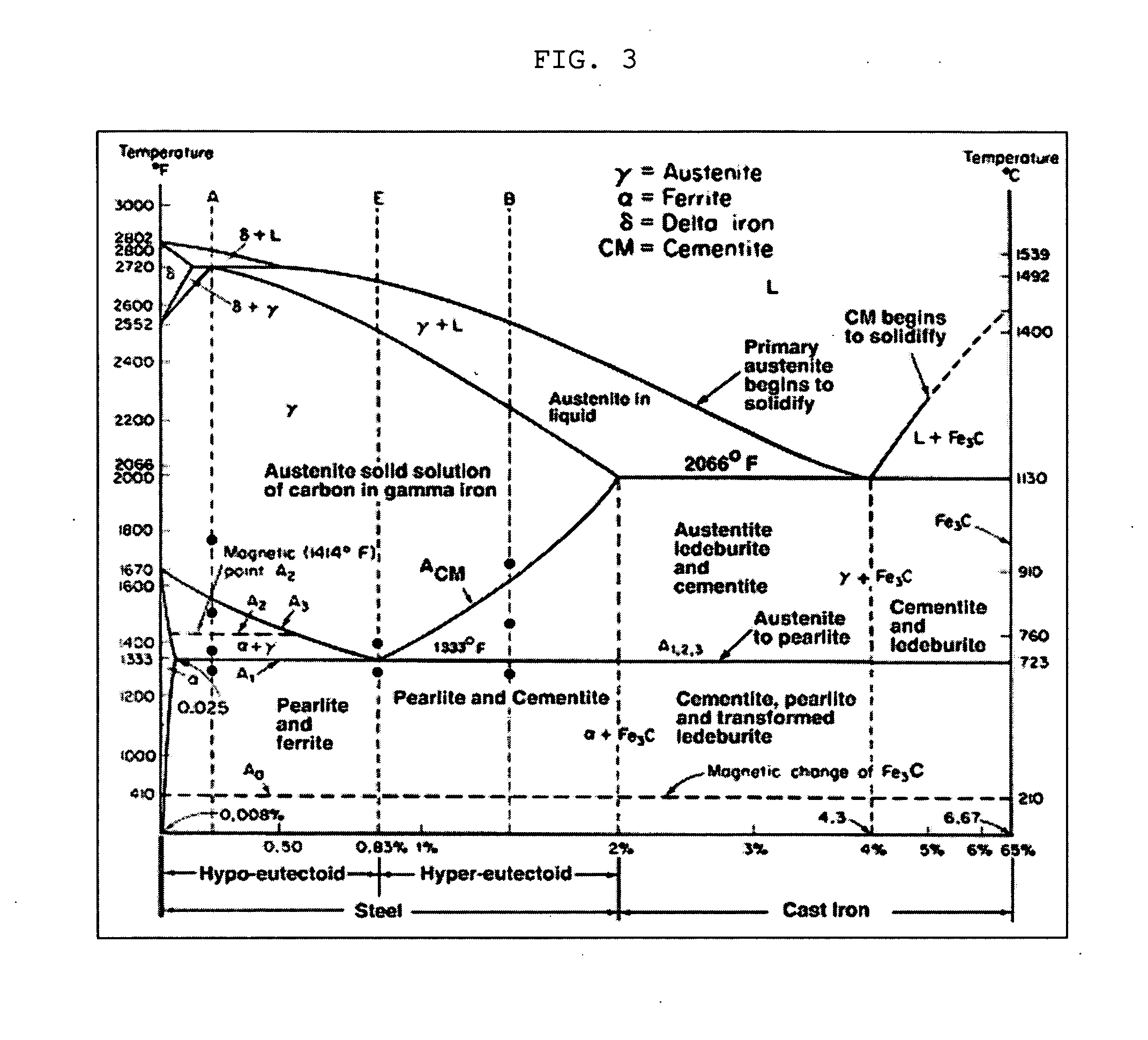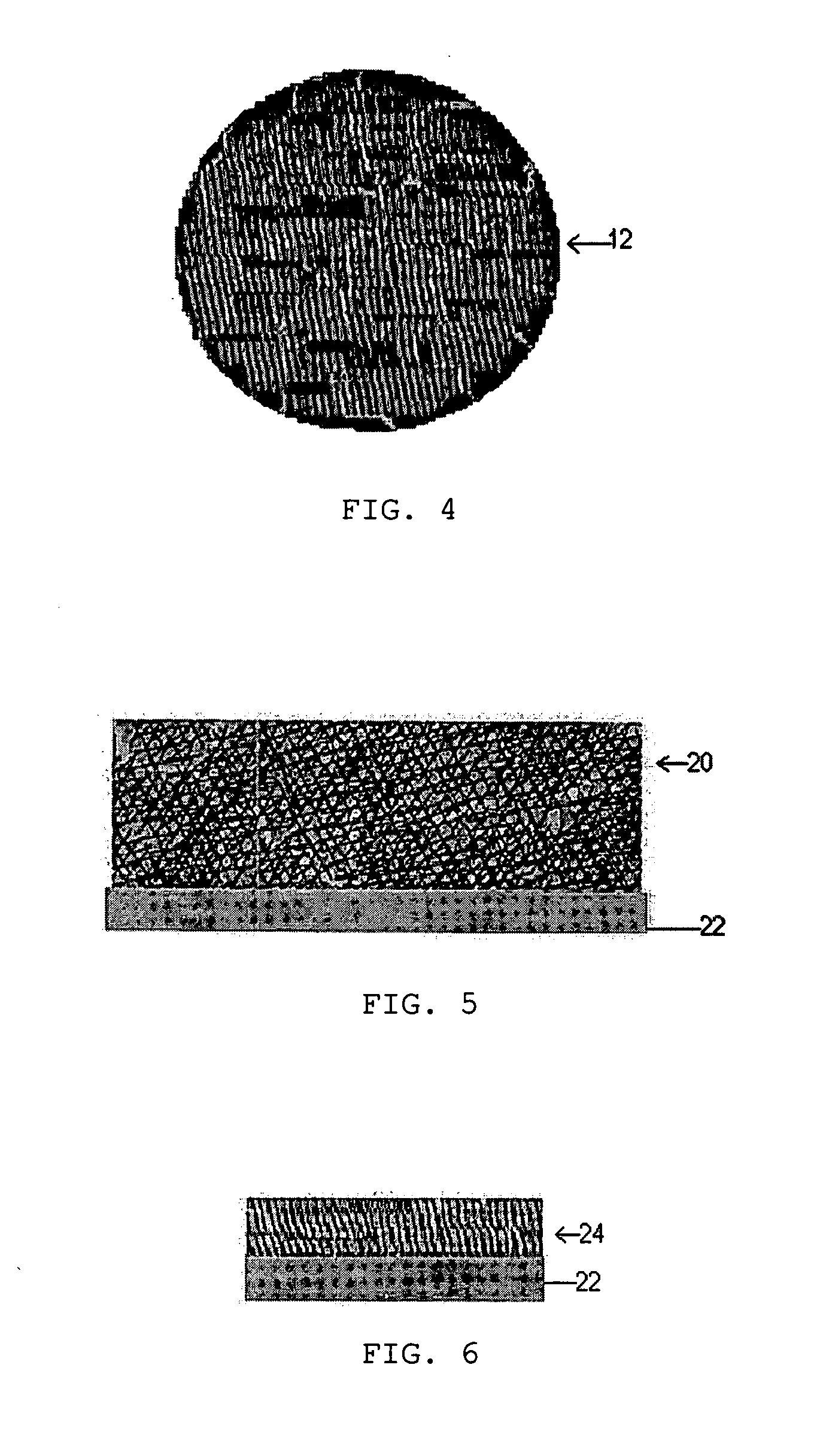Nanostructured composite reinforced material
a composite reinforced material and nanostructure technology, applied in the field of reinforced materials, can solve the problems of affecting the performance of nanotubes, so as to achieve significant performance enhancement, improve strength, and improve the effect of material properties
- Summary
- Abstract
- Description
- Claims
- Application Information
AI Technical Summary
Benefits of technology
Problems solved by technology
Method used
Image
Examples
Embodiment Construction
[0028]The invention is generally comprised of a material that has nanostructures and / or nanotubes incorporated into a multi-component material arrangement, such as a metallic or ceramic alloy or composite / aggregate.
[0029]The reinforced material may be manufactured as a component wherein the nanostructure or nanostructure reinforcement is incorporated into the bulk and / or matrix of the original material, or as a coating wherein the nanostructure or nanostructure reinforcement is incorporated into a coating or surface of the “normal” substrate material.
[0030]The metal alloys include, but are not limited to, iron-based materials, first-row metal alloys, second-row metal alloys, third-row metal alloys, and refractory metal alloys. The nanostructures and / or nanotubes include, but are not limited to, carbon, boron, and silicon-based materials. The nanostructures may be particles, nanotubes, single-walled nanotubes, multi-walled nanotubes, bundles of nanotubes, nanoropes, nanofibers, nanoh...
PUM
| Property | Measurement | Unit |
|---|---|---|
| length/diameter | aaaaa | aaaaa |
| diameter | aaaaa | aaaaa |
| aspect ratio | aaaaa | aaaaa |
Abstract
Description
Claims
Application Information
 Login to View More
Login to View More - R&D
- Intellectual Property
- Life Sciences
- Materials
- Tech Scout
- Unparalleled Data Quality
- Higher Quality Content
- 60% Fewer Hallucinations
Browse by: Latest US Patents, China's latest patents, Technical Efficacy Thesaurus, Application Domain, Technology Topic, Popular Technical Reports.
© 2025 PatSnap. All rights reserved.Legal|Privacy policy|Modern Slavery Act Transparency Statement|Sitemap|About US| Contact US: help@patsnap.com



